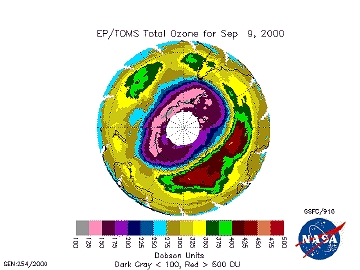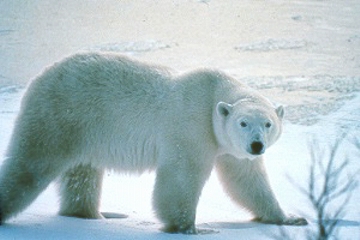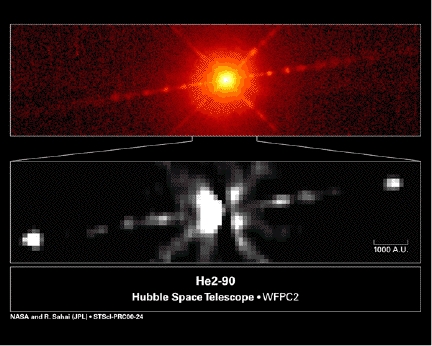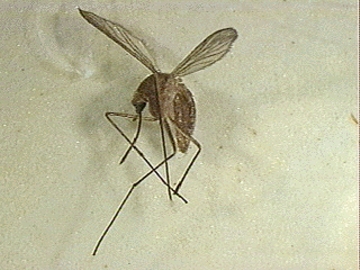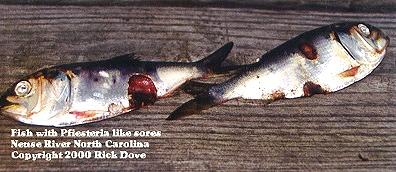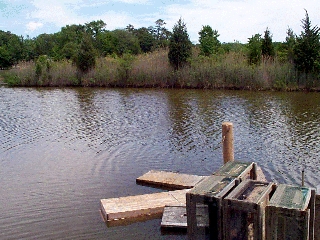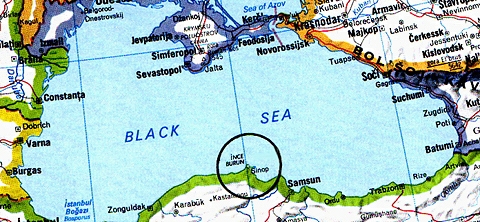
September 17, 2000 Sinop, Turkey - This week a discovery twelve miles off the northern coast of Turkey near the town of Sinop (SIN-op) was announced that could force archaeologists and anthropologists to rewrite history about the relationship of Neolithic cultures in Europe, Asia and Mesopotamia seven thousand years ago.
Click here to subscribe and get instant access to read this report.
Click here to check your existing subscription status.
Existing members, login below:



